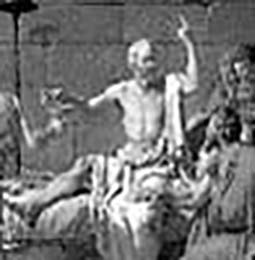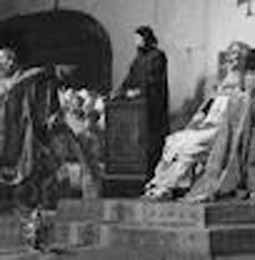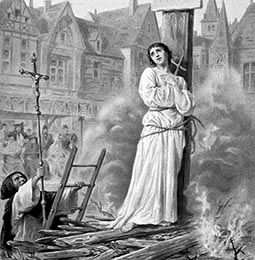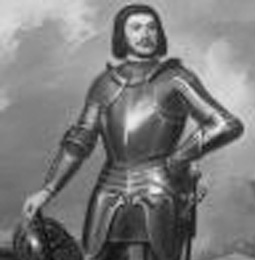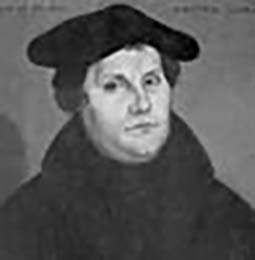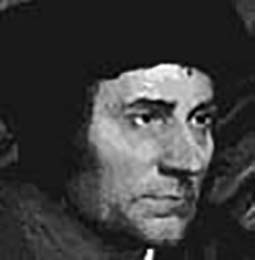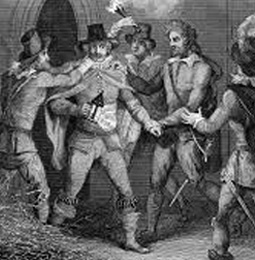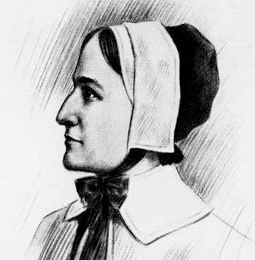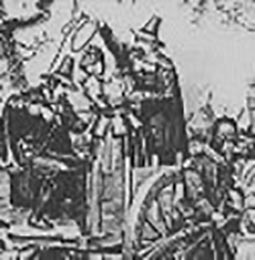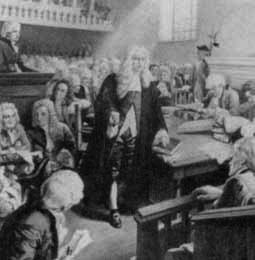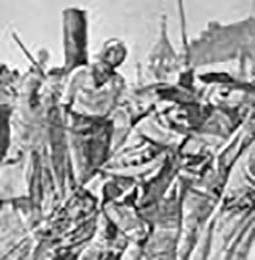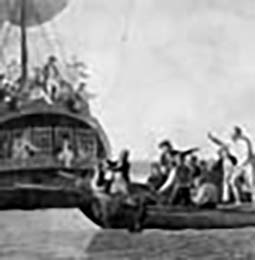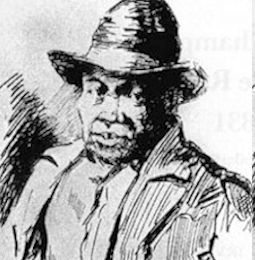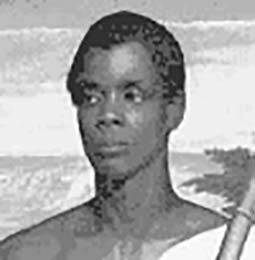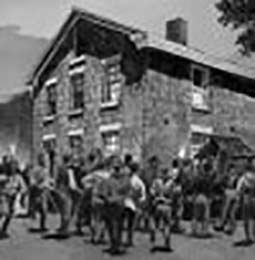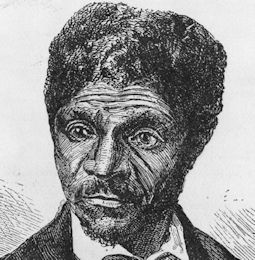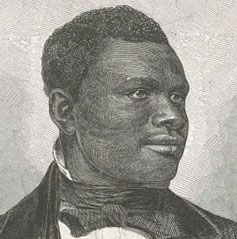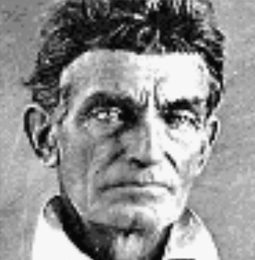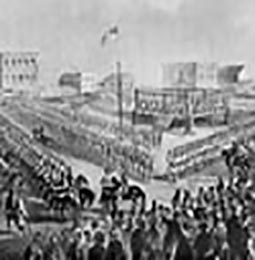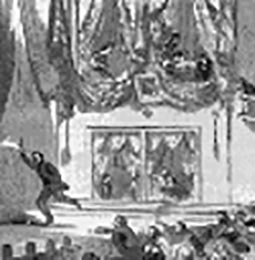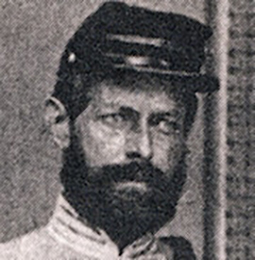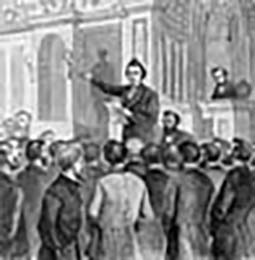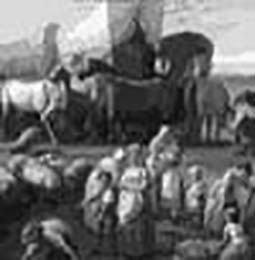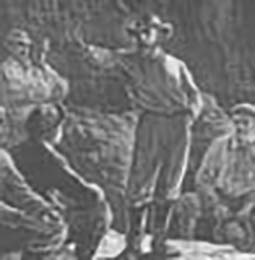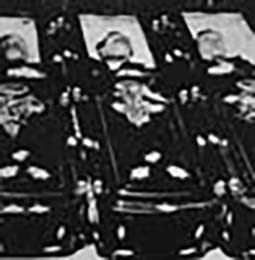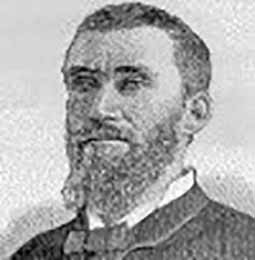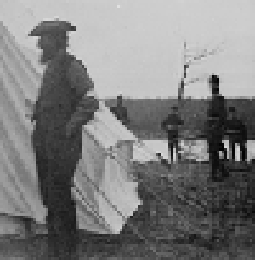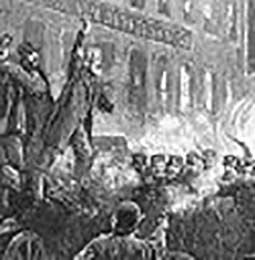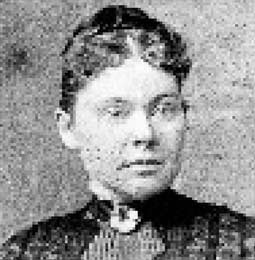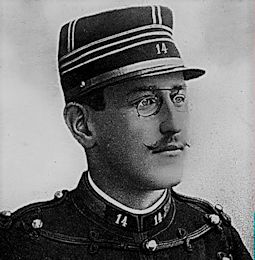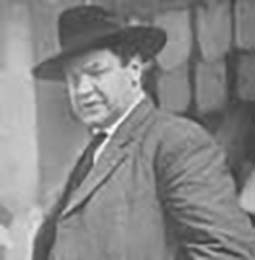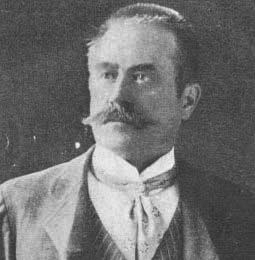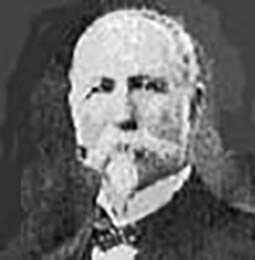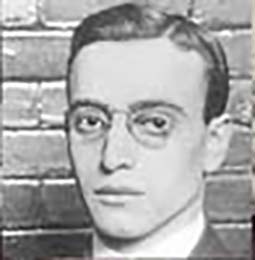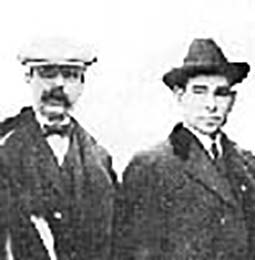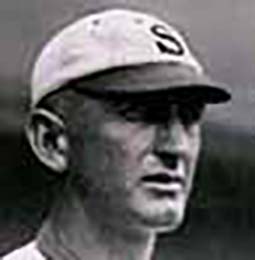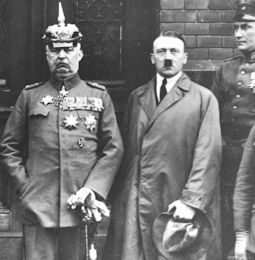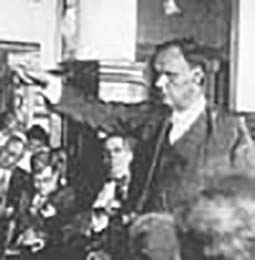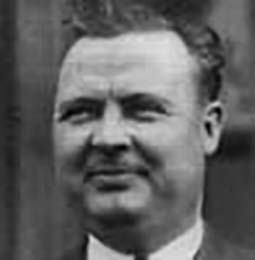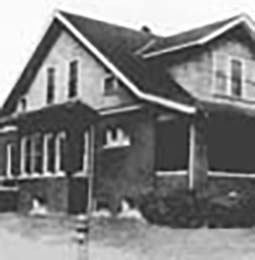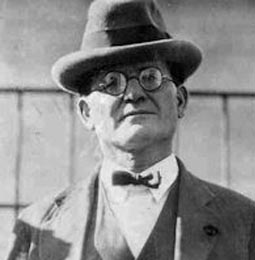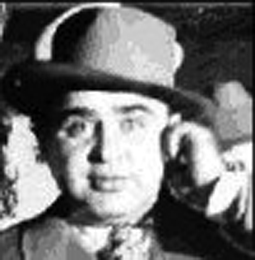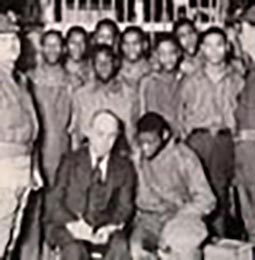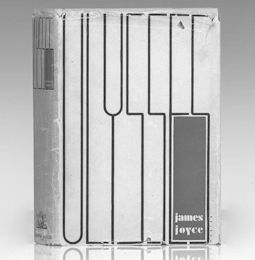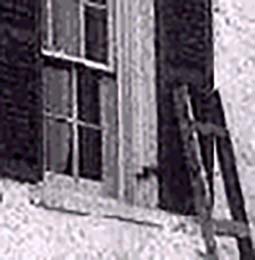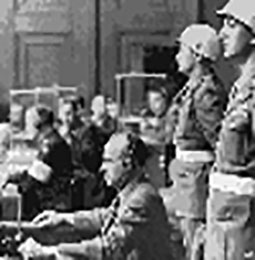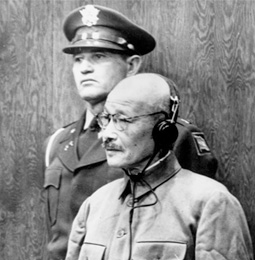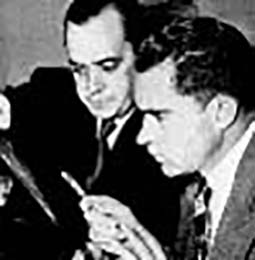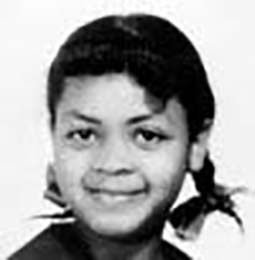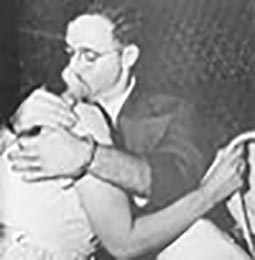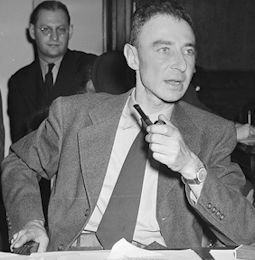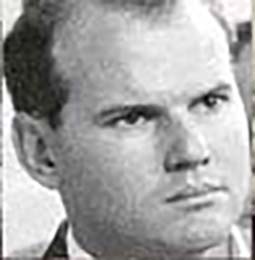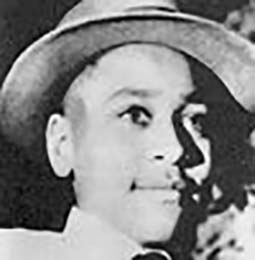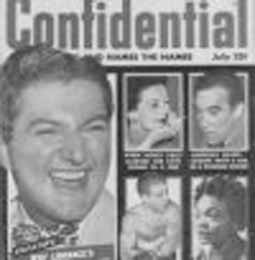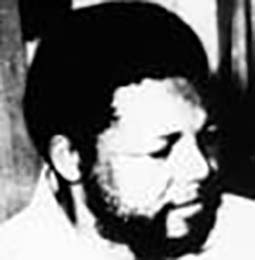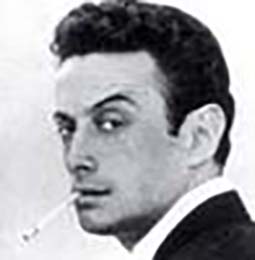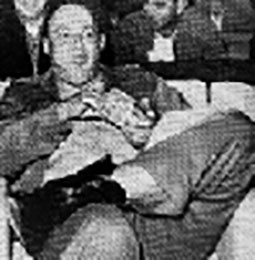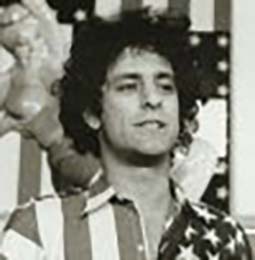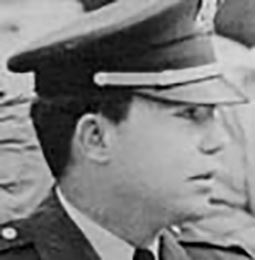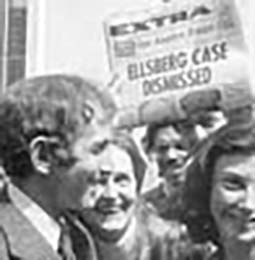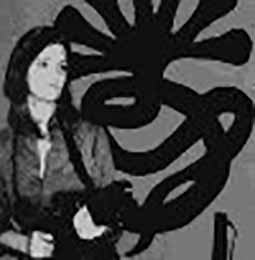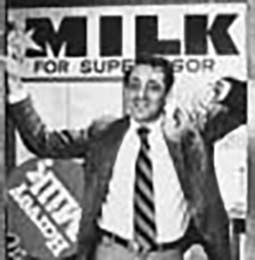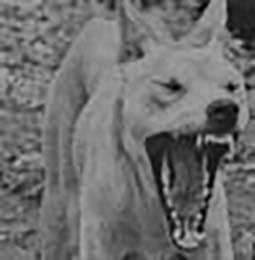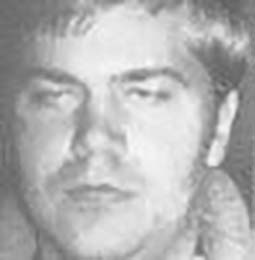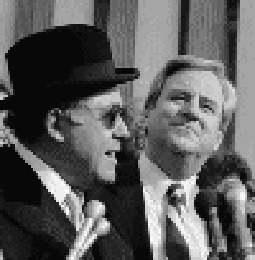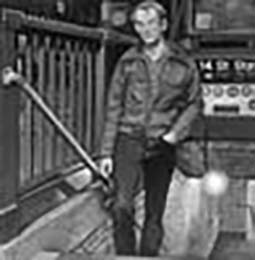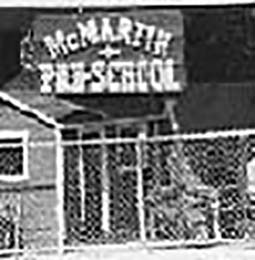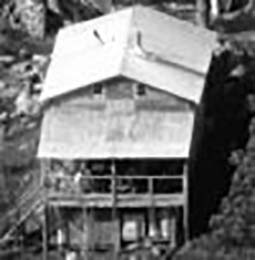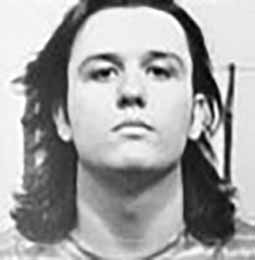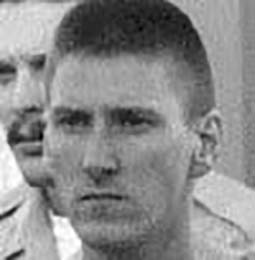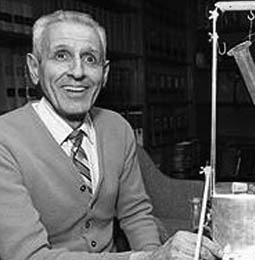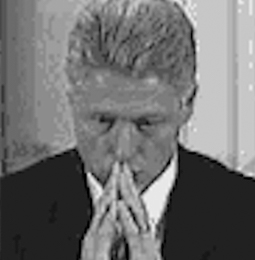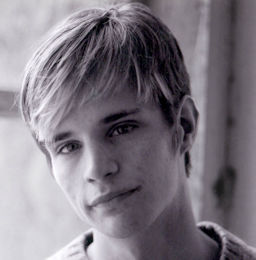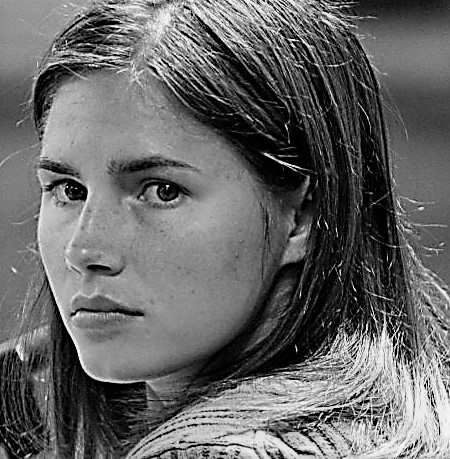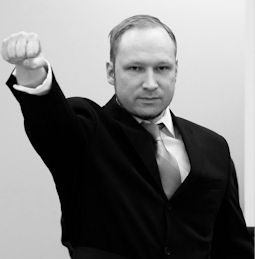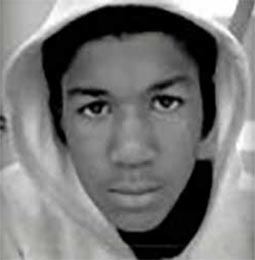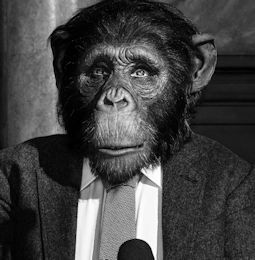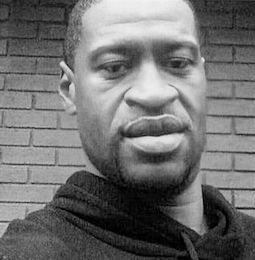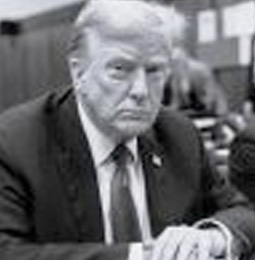
Susan Brownell Anthony is best known to the current generation of Americans as the person whose face was depicted on a one-dollar coin that too much resembled a quarter. But to another generation of American, she was "Aunt Susan," the crusader who devoted a lifetime of tireless work to the cause of women's rights. Although she never held political office, Anthony might be considered our nation's first great female politician. Her disciplined, focused attention to women's issues and her well developed tactical skills made her a remarkably effective advocate. Although Anthony would not live to see her ultimate goal of a women suffrage amendment added to the U. S. Constitution (that would come in 1920, fourteen years after her death), she contributed as much as anyone to the substantial improvement in the legal position of women during the nineteenth century.
Anthony was born into a devout Quaker family in Adams, Massachusetts on February 15,1820. No toys or music were allowed in the Anthony home for fear that they would distract the children from God's word. The Anthonys stressed to their six children the need for each person to strive their best to make a contribution to the world. For their part, Susan's parents devoted themselves to the causes of abolitionism and temperance, two causes that Susan would also champion.
When, at age 18, a financial depression forced the Anthonys into bankruptcy, Susan--to help with the family bills--took a job as an assistant teacher at a boarding school in New Rochelle, New York. After a "very trying" year in New Rochelle, Anthony took up teaching duties at a school in Center Falls. Anthony remained in Center Falls until 1845 when her father, whose financial condition had improved, bought a farm near Rochester. Anthony moved to Rochester, where she remained on the farm until accepting a position as headmistress of the Canajoharie Academy.
Anthony was by now clearly of a "marrying age." Several men called on Anthony. She was taken on carriage rides and to dances. But in the end, Anthony would turn away all callers. She would remain single her entire life. She never seemed to regret her decision. She later said: "I never felt I could give up my life of freedom to become a man's housekeeper. When I was young, if a girl married poor she became a housekeeper and a drudge. If she married wealthy, she became a pet and a doll."
In May of 1851, Anthony would establish a meet a person who would change the course of her life and become her closest friend. While in Seneca Falls to attend a lecture by the abolitionist leader William Lloyd Garrison, Anthony was introduced to Elizabeth Cady Stanton. Although Anthony would first join hands with Stanton on temperance issues, soon the two would be devoting their efforts to the more general cause of woman's rights.
In September, 1852, Anthony attended her first woman's rights convention in Syracuse. Anthony began to focus on suffrage as the key to achieving a better place for women in society. She became convinced, in her words, "that the right women needed above every other...was the right of suffrage." Anthony soon became a regular on the lecture circuit and in legislative halls. In 1854, she traveled to all fifty-four of New York's counties to promote women suffrage and her other concerns of abolition and temperance. By 1856, her outspokenness and tireless efforts on behalf of abolitionism led to her selection as the New York state agent for the American Anti-Slavery Association.
Following the Civil War, Anthony began to concentrate almost exclusively on woman's issues and, especially, the campaign for suffrage. Anthony and Stanton fought to keep the word "male" out of the Fourteenth Amendment, then petitioned Congress for a constitutional amendment guaranteeing "universal suffrage"--suffrage for both the newly freed slaves and for women. Some in Congress listened; most didn't. In 1868, Anthony joined with Stanton to publish a weekly newspaper, The Revolution, which promoted gender equality. The next year the two women founded the National Woman Suffrage Association.
On November 1, 1872, in Rochester, Anthony--to the great surprise of many--convinced election inspectors to register her to vote. Four days later, she voted in the election--"the straight Republican ticket," she tells Stanton in a letter. Two weeks later she was arrested and charged with knowingly casting an illegal vote in a federal election. Anthony hoped to use her case to secure from the Supreme Court a ruling that the recently enacted "citizenship" and "privileges and immunities" provisions of the Fourteenth Amendment guaranteed to women as citizens the "privilege" of voting. In this hope, however, she was disappointed. [The story of her trial is recounted in detail elsewhere on this website: TRIAL ACCOUNT.] But Anthony did succeed in converting her conviction into an opportunity to promote women suffrage. By arranging for widespread distribution of a transcript of the trial proceedings and speaking often about the experience, the trial served to make Anthony a martyr in the eyes of many sympathetic to her cause.
Anthony's trial experience, and the Supreme Court's narrow interpretation of a Fourteenth Amendment claim in a case brought by a rejected female voter in Minor vs Happersett, convinced her that women would not win the vote through the courts, and that she must turn instead to legislatures or to the people directly. Anthony traveled extensively around the country promoting state women suffrage initiatives and legislation--usually against long odds. (She had first campaigned for a women suffrage initiative in 1867 in Kansas. Anthony had moved to Lawrence to promote a woman's suffrage amendment that was to be voted on by Kansas males. The measure lost by a 3 to 1 margin.) Eventually, women would achieve some success in the West, which was far more receptive to the idea of women suffrage than other regions of the country. In July 1890, Anthony could take great pleasure in watching Wyoming be admitted as the first state in the nation to allow women the vote. Utah, Colorado, and Wyoming would fall into line over the next decade. In 1896, Anthony spent eight months campaigning for suffrage in California, but the measure went down to defeat.
Although Anthony recognized that the vote for women would come first in the western states, her primary focus remained on securing a women suffrage amendment to the United States Constitution. Each year, the National Women's Suffrage Association would hold its annual meeting in the nation's capitol, and Anthony would take the opportunity to lobby politicians for suffrage. A friend of Anthony's wrote: "The members of Congress always knew when Miss Anthony had arrived in Washington." In 1878, she succeeded for the first time in getting a proposed constitutional amendment introduced in Congress--the same measure would be introduced in identical form for each of the next 41 years. Anthony's last appearance before the Senate's Select Committee on Woman's Suffrage in 1902.
Anthony's last public speech was in Washington on her eighty-sixth birthday, February 15, 1906. She spoke of the Stanton, Lucretia Mott, and the many other women who had battled at her side--some for over half a century--for women's suffrage. She ended her speech on an optimistic note: With such a worthy cause as theirs, "Failure is impossible!" Less than a month later, on March 13, Anthony died in her home in Rochester. Ten thousand mourners attended the funeral of the woman who had devoted a lifetime to the cause of justice for women. Anticipating the day a few years earlier at a family reunion, Anthony requested: "When it is a funeral, remember that there should be no tears. Pass on, and go on with the work."
In 1920, one hundred years after Anthony's birth, the Nineteenth Amendment to the United States Constitution was ratified, extending the vote to women.






